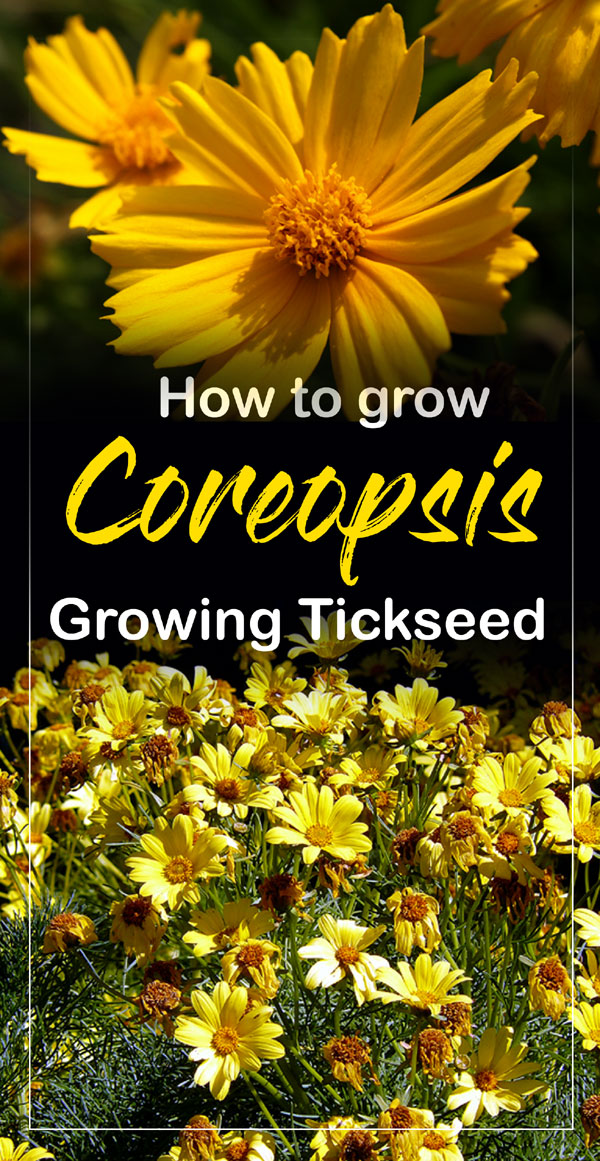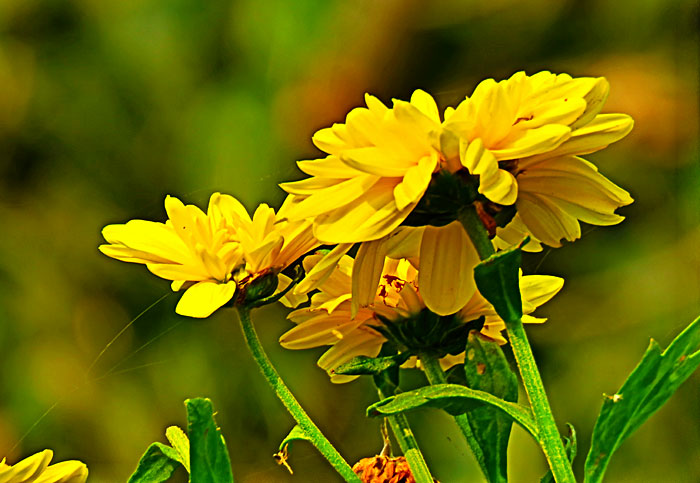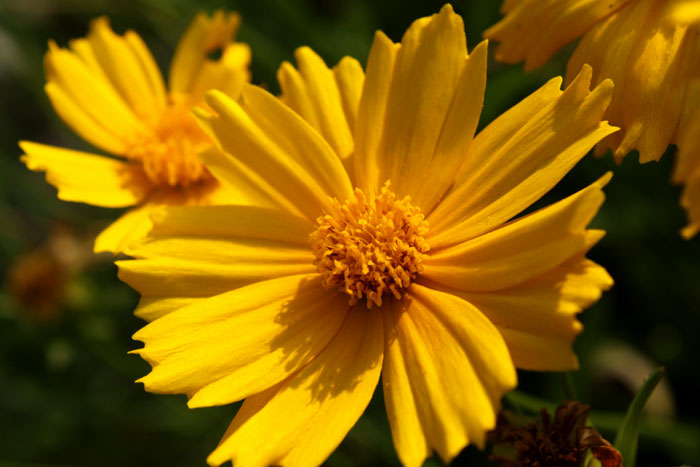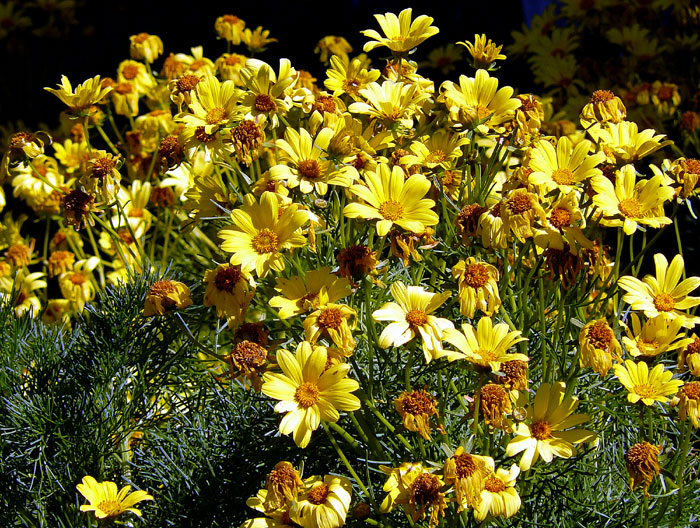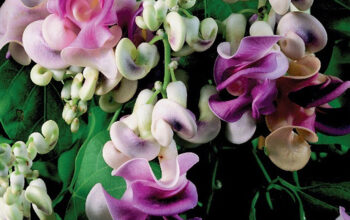Coreopsis Plant (Tickseed )
Learn How to Grow and care Coreopsis, Growing Tickseed, pests and disease advice by our experts. From early spring to fall, Coreopsis is a low-maintenance drought-tolerant flowering plant that blooms for a long time. If you are looking for plants for your garden border or filler, Coreopsis is a good choice. Its name originates from two Greek words, koris and opis. koris mean bedbug and opsis mean view. Most varieties of daisy-like flowers of Coreopsis bloom from early summer through autumn. Originally growing throughout the Americas, its flower colors are bright yellow and orange, pink, white, and red in color. It can be identified by its toothed petals.
Overview of Coreopsis plants
Scientific name Coreopsis
Common name Tickseed, Calliopsis
Plant type Flowering plant
Sun requires Full Sun and Part shade
Blooming time Summer
Flower colors Red, Yellow, Orange, and Pink
Soil Well-drained sandy soil
Soil pH 5.5 – 6.5
Zone 4-9
How to grow Coreopsis plant
Soil and location
Coreopsis develops in well-drained soil, sandy, or loam soil or clay. Heavy, wet soil may be the cause of the problem on winter days, adding compost to the soil and amending it before planting. it occurs. Thread leaf Coreopsis can tolerate dry, rocky soil. Although it can survive in low sunlight but performs well under full sunlight for 6 to 8 hours.
Propagation
Coreopsis plants are usually planted for borders or pots. In early spring you can plant its perennials, you can plant annual plants to enjoy the spring flowers. Tickseed is easily grown from seed. In the spring you can plant seeds directly in the garden. It takes about two weeks for the germination to keep moisture in the soil. These plants do not live beyond 3–5 years, and when there is a shortage in flowers, you can divide it or plant new plants from seed. Spring or early fall is the appropriate time to divide it.
Watering
Coreopsis requires regular watering after planting, but these plants become drought tolerant once established. New roots should be watered once a week to grow down to deep. There should be moisture in the soil about 1 inch below the surface. To check for this, you can try pressing your finger in the soil.
Fertilizer
Use light fertilizer when new growth is seen in the plant. Use slow-release fertilizer at very low rates, high rate can cause root rot in the plant. If the soil improves at the time of planting then only some manure will be needed during the spring season.
Spacing
Grow Coreopsis plants in your garden about 12 inches apart.
Tickseed care
- Established plants require watering on dry days. Allow the soil to dry thoroughly before watering.
- Feed your plant manure during the spring season. It is necessary to promote soil nutrition. Use all-purpose, granular, slow-release fertilizer once or twice a season. Feed first compost in early spring and second compost approximately after two months.
- In the spring season lay mulch above the garden bed. It keeps moisture in the soil and prevents weeds.
- Use stake as needed in coreopsis flowers. Small and medium height flowering plants do not require Stake but use Stake when large varieties and mid-season droop flowers
- When the flower petals begin to wilt and wither, cut and separate the flowers with deadhead scissors, this encourages the plant to bloom and energizes the plant.
Coreopsis varieties
It has many species but the two most popular are Coreopsis verticillata and C. Grandiflora ‘Moonbeam’ The leaves of Coreopsis verticillata are divided, thread-like. It has golden-yellow flowers and reserves the bees. It is a long-lived perennial.
Moonbeam is the most popular, its flowers are yellow like a lemon, its height is about 20 inches.
Apart from this, there is another compact type, called ‘Zagreb’, it contains golden flowers and is planted in a large container. Read also.
Pests and Disease Tickseed
Coreopsis plants are almost problem-free. Fungal diseases can be affected due to excess moisture or water. To avoid this problem, keep your plants in full sun and open air. Occasionally mild infestations of aphids can occur. Use a strong torrent of water for this.
Read also: 9 Easy growing Herbs for your garden. Freesia flowers growing and care guide. Plumeria growing and caring guide. Coriander Growing and care in containers. Impatiens growing and care guide. Growing Colchicum at your garden 11 Best winter flowers for your garden. Garlic vine growing in containers. Anthuriumplant Growing indoors. Broccoli growing in containers. How to grow Lily. Princes flowers growing in containers. Poppies growing tips. Carnation growing and caring tips.
For Pin:
